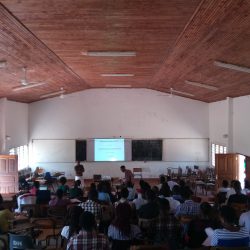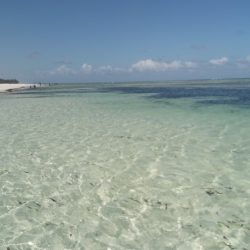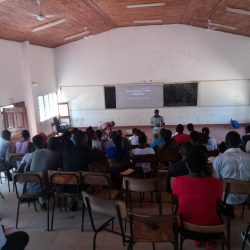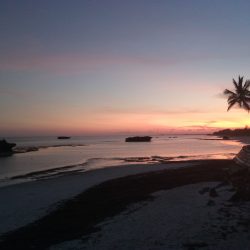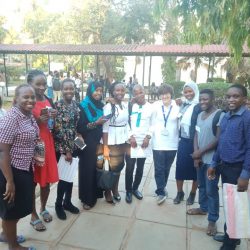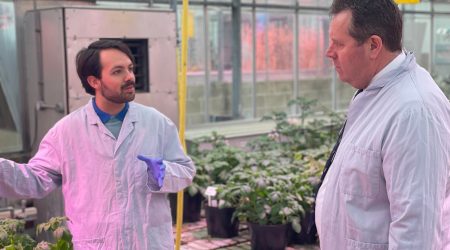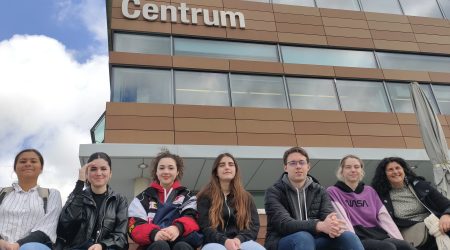Annalisa; from student to teacher
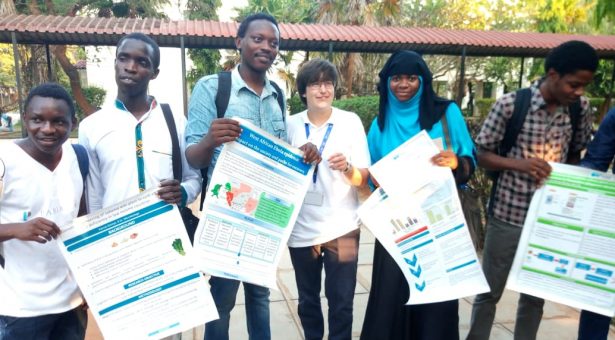
In December 2018, Annalisa Bellandi undertook her 3-month Professional Internship for PhD Students in Kenya, going from student to teacher.
This is her story…
“In December 2018 I returned from a 3-months PIPS (Professional Internship for PhD Students) project at Pwani University, in the coastal region of Kenya.
The PIPS is part of the BBSRC Norwich Research Park Biosciences Doctoral Training Partnership (DTP) programme.
DTP PhD students are awarded a four-year studentship to work on their research project, during which they set-aside 3 months to get out of the lab and to go somewhere else to do something completely different. This enables the students to explore career options and learn new skills that may be helpful both for their work in the lab and in their future careers.
For my PIPS placement, I joined ssDNAfrica; a group formed by students from the University of East Anglia and the John Innes Centre following the ACACIA DevSET programme. ssDNAfrica had previously run a pilot of a soft-skills workshop at Pwani University in 2017 and my role for 2018 was to repeat the experience while improving and expanding the workshop.
The workshop, which we called the ‘Good Research Practice workshop’, lasted 8 weeks and looked at a different skill each week, from how to give a good presentation and how to write an abstract to how to search and read papers, or create scientific posters.
A massive 278 students signed up for the workshop, and on average 140 students attended the classes each week.
Switching from being a PhD student to a teacher, for such a large number of students was terrifying at first. I am only just starting my career, and I am quite an introverted person. Having to interact with so many people in one go felt like a massive leap, a real shock.
However, taking this leap out of my comfort zone and challenging myself in this way, ended up being extremely satisfying and rewarding.
I must admit that how I felt about standing up flipped from; “this is terrifying” to “this is fantastic”. It was a rollercoaster of emotions, but I am so glad I experienced it.
The best part of the experience was to support the students and be able to witness their daily improvements. I found accompanying and supporting the development of the students’ plans and potential extremely fulfilling.
Also, when you are explaining things to other people it forces you to reflect on how you do them yourself, so it helped me to develop my own skills at the same time.
The most important things I learned during my placement were about myself; I never thought I could be someone who was able to stand up in front of so many people and have an impact on them or even reach them, by sharing my knowledge and experiences with them. I also learned a lot culturally and experienced things that will stay with me throughout my life.
Before embarking on my PIPS project, I sensed I may have liked to teach at some point in the future, but I had never had the opportunity to properly give it a try. Plus, I always doubted that I knew something valuable enough to be taught or that I had the personal skills necessary to cover the role of the teacher.
This experience was very important and revealing to me and I now think I would like to continue to teach as part of my future career. Ideally, I would like to combine doing research in the lab with teaching, because I missed being in the lab and doing research, but the experience of teaching was so fulfilling that I don’t want to completely leave that behind.
Back in the lab, here at the John Innes Centre I am working on systemic calcium signalling in plants. I am interested in how a plant can transmit information perceived in one spot to the other areas of the plant.
If a cell is wounded, for example if a bug bites one leaf, or if a cell perceives a stimulus, for example a specific chemical in the environment, signals are produced in the area of perception and travel from one cell to the other.
But the question is ‘how do those signal pass from one cell to the other?’. Those signals can vary, but in my research, I focus on calcium signals and how plasmodesmata are involved in their systemic transmission.
I’m still not sure what my future holds. I know I want to continue to do some research and some teaching, but how that fits together in my future career, I’m not 100% sure”.

